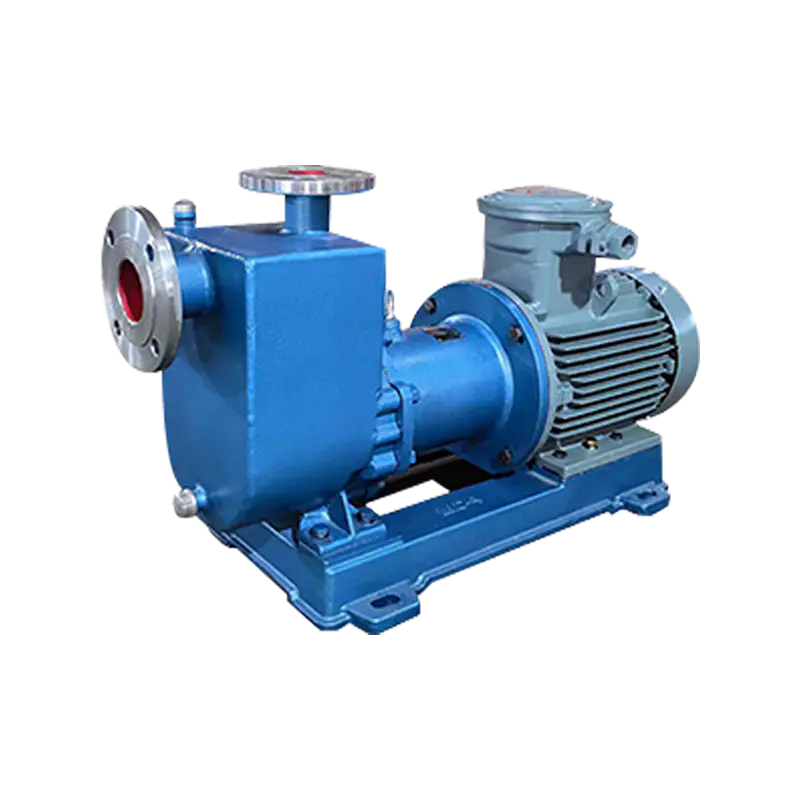1. Efficiency and Convenience
One of the major advantages of self-priming pumps is their convenience in terms of operation. Traditional pumps often require priming to remove air from the suction line before they can begin pumping liquid. Self-priming pumps eliminate this step by using a combination of air and liquid to create a mixture, which enables the pump to operate efficiently even when air is present in the suction line.
This feature makes them particularly useful in systems where the liquid is prone to airlock, or in cases where the pump is located some distance away from the liquid source, where priming can be more complicated and time-consuming. This saves both time and labor, allowing for continuous operation without frequent maintenance or priming.
2. Versatile Use Across Industries
Self-priming pumps are versatile and can handle a wide variety of fluids, including liquids containing solids, slurries, and even chemicals. This makes them ideal for industries such as wastewater treatment, chemical processing, food and beverage, and agriculture.

Wastewater Treatment: In wastewater management, self-priming pumps are often used for sewage transfer and removal, where the pump needs to deal with a mixture of water and solids. Their ability to handle these varied materials without clogging is essential in maintaining the efficiency of water treatment systems.
Chemical Processing: In industries that require pumping of corrosive or hazardous chemicals, self-priming pumps are a reliable choice. They prevent issues such as airlocks or blockage, which could delay production or cause dangerous spills.
Agriculture: Self-priming pumps are also common in irrigation systems. These pumps can handle both clean and slightly contaminated water, ensuring that the irrigation process is not interrupted by airlocks or clogs, which could affect crop yields.
3. Cost-Effective Solution
Another key benefit of self-priming pumps is their cost-effectiveness. While the initial investment might be higher compared to conventional pumps, the long-term savings from reduced maintenance costs, labor, and downtime make them a valuable addition to any system. With minimal need for manual intervention, these pumps require less oversight, lowering overall operational costs.
4. Durable and Reliable
Self-priming pumps are built to last. Many of them feature robust construction and corrosion-resistant materials, ensuring that they can withstand tough working conditions, including extreme temperatures and exposure to harsh chemicals. As such, they offer reliable, long-term performance, reducing the need for frequent replacements or repairs.





















